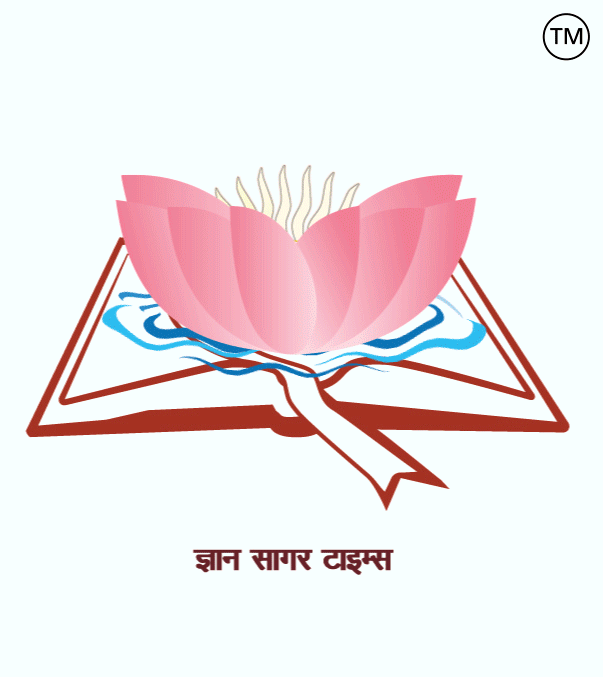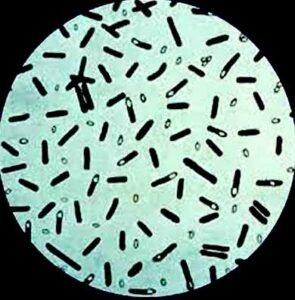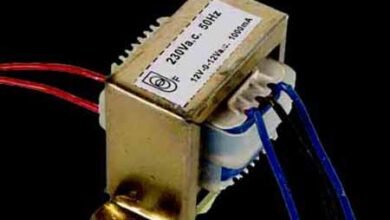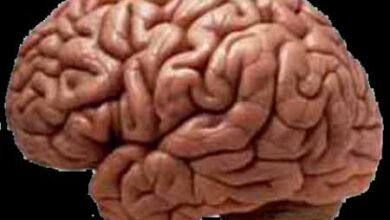
Related To Zoology – 197.
|
1. Who used the term ‘Biology’ for the first time? = Jean-Baptiste Lamarck (French scientist) and Gottfried Reinhold Treviranus (German scientist) in the year 1802. 2. Who is known as the father of biology? = Aristotle. 3. Who named the word hormone? = Ernest Starling. 4. Microorganisms are found? = found almost everywhere; they are present in soil, water, air, cold icy environments and even extreme environments like hot springs. 5. Where does the virus grow? = Inside living cells. 6. Who discovered bacteria first? = Dutch scientist Antonie van Leeuwenhoek. 7. Who discovered the virus first? = Dmitry Ivanowski did it in the year 1892. 8. What is the general shape of bacteria? = Spherical (coccus), rod shaped (bacillus), and spiral (spirilla/spirochetes). 9. The bacteria which are smallest in size are called? = Mycoplasma. 10. The smallest organism is? = Nanoarchaeum. 11. Lungs are shaped like? = Conical (cone shaped). 12. Which disease is related to the respiratory system? = Includes asthma, pneumonia, bronchitis, chronic obstructive pulmonary disease (COPD), tuberculosis (TB), and lung cancer. 13. What is the condition of high blood pressure called? = Hypertension. 14. What is the main organ of respiration in humans? = Lungs. 15. The blood pressure of a healthy person is? = 120/80 mmHg. 16. What is the outermost membrane of the human brain? = Dura Mater. 17. What controls the human sense of smell? = Controlled by the olfactory bulb of the brain. 18. The center of intelligence and cleverness in humans is? = Cerebrum (or cerebrum). 19. The amount of glucose in the blood is controlled by? = Hormones called insulin and glucagon secreted by pancreas. 20. Which is the largest gland of the body? = Liver. 21. Voluntary movements in humans are controlled by whom? = Cerebellum. 22. Where is the body temperature controlled? = Where is the body temperature controlled? = Hypothalamus. 23. Which enzyme is found in saliva? = Enzymes called amylase (also called xytylin) and lysozyme are found. 24. The process by which a human breathes in and out is called? = Breathing. 25. Digestion of food is what type of reaction? = A chemical reaction and more specifically a decomposition reaction. 26. Which bacterium is found in human intestine? = Escherichia coli (E. coli). 27. Which disease is caused by bacteria? = Tuberculosis, Cholera, Typhoid, Pneumonia, Plague, Whooping Cough and Leprosy are included. 28. Which disease is caused by bacteria? = Cholera, typhoid, tuberculosis (TB), pneumonia, plague, tetanus, leprosy and diphtheria. 29. Which disease is caused by bacterial infection? = Tuberculosis (TB), Whooping cough, Typhoid, Pneumonia, Cholera, Plague and Tetanus. 30. Who developed the vaccine for smallpox? = Edward Jenner in the year 1796. =========== ========== ========== जीव विज्ञान से संबंधित-197. 1. ‘जीव-विज्ञान’ शब्द का प्रयोग सर्वप्रथम किसने किया? = ज्याँ-बैप्टिस्ट लैमार्क (फ्रांसीसी वैज्ञानिक) और गॉटफ़्राइड रेनहोल्ड ट्रेविरेनस (जर्मन वैज्ञानिक) ने वर्ष 1802 में किया था. 2. जीव-विज्ञान के जनक के नाम से जाने जाते हैं? = अरस्तू. 3. हॉर्मोन शब्द का नामकरण किसने किया था? = अर्नेस्ट स्टार्लिंग (Ernest Starling). 4. सूक्ष्मजीव मिलते हैं? = लगभग हर जगह पाए जाते हैं; वे मृदा, जल, वायु, ठंडे बर्फीले वातावरण और गर्म झरनों जैसे चरम वातावरण में भी मौजूद होते हैं. 5. विषाणु कहाँ वृद्धि करता है? = जीवित कोशिकाओं के अंदर. 6. जीवाणु की खोज सर्वप्रथम किसने की? = डच वैज्ञानिक एंटोनी वैन लीउवेनहॉक (Antonie van Leeuwenhoek) ने की थी. 7. सर्वप्रथम विषाणु की खोज किसने की? = दिमित्री इवानोव्स्की ने वर्ष 1892 में की थी. 8. जीवाणुओं की साधारण आकृति क्या होती है? = गोलाकार (कोकस), छड़ आकार (बेसिलस), और सर्पिल (स्पिरिला/स्पाइरोकेट्स) होती हैं. 9. जो जीवाणु आकर में सबसे छोटे होते हैं उसे कहते हैं? = माइकोप्लाज्मा कहा जाता है. 10. सबसे छोटा जीव होता है? = नैनोआर्कियम (Nanoarchaeum). 11. फेफड़ा का आकार होता है? = शंक्वाकार (कोन के आकार के) होते हैं. 12. कौन-सी बीमारी श्वसनतंत्र से संबंधित है? = अस्थमा, निमोनिया, ब्रोंकाइटिस, क्रॉनिक ऑब्सट्रक्टिव पल्मोनरी डिजीज (COPD), तपेदिक (TV), और फेफड़ों का कैंसर शामिल हैं. 13. उच्च रक्त चाप की अवस्था को क्या कहते हैं? = हाइपरटेंशन (Hypertension) कहते हैं. 14. मनुष्य में श्वसन का मुख्य अंग क्या है? = फेफड़ा. 15. एक स्वस्थ मनुष्य का रक्त चाप होता है? = 120/80 mmHg. 16. मनुष्य के मस्तिष्क की सबसे बाहरी झिल्ली क्या है? = ड्यूरा मेटर (Dura Mater) होती है. 17. मनुष्य के सूंघने की क्षमता को नियंत्रित करता है? = मस्तिष्क के ओलफैक्टरी बल्ब (olfactory bulb) द्वारा नियंत्रित होती है. 18. मनुष्य में बुद्धि एवं चतुराई का केंद्र होता है? = सेरेब्रम (या प्रमस्तिष्क). 19. रक्त में ग्लूकोज की मात्रा नियंत्रित रहता है? = अग्न्याशय द्वारा स्रावित इंसुलिन और ग्लूकागन नामक हार्मोन द्वारा नियंत्रित होती है. 20. शरीर की सबसे बड़ी ग्रंथि कौन है? = यकृत (लिवर). 21. मनुष्य में ऐच्छिक गतियों का नियंत्रण किसके द्वारा होता है? = सेरिबैलम (अनुमस्तिष्क). 22. शरीर का तापक्रम कहाँ नियंत्रित होता है? = हाइपोथैलेमस (hypothalamus). 23. कौन-सा एंजाइम लार में पाया जाता है? = एमाइलेज (जिसेटायलिन भी कहा जाता है) और लाइसोजाइम नामक एंजाइम पाए जाते हैं. 24. वह प्रक्रिया जिसके द्वारा मनुष्य श्वास ग्रहण करता है तथा छोड़ता है उसे कहते है? = श्वसन (Breathing). 25. भोजन का पाचन किस प्रकार की अभिक्रिया को कहते हैं? = एक रासायनिक अभिक्रिया और विशेष रूप से एक वियोजन अभिक्रिया है. 26. मानव की आंत में पाया जाने वाला जीवाणु है? = एस्चेरिचिया कोलाई (E. coli). 27. कौन सा रोग बैक्टीरिया से होता है? = तपेदिक (Tuberculosis), हैजा (Cholera), टाइफाइड (Typhoid), निमोनिया (Pneumonia), प्लेग (Plague), काली खांसी (Whooping Cough) और कुष्ठ रोग (Leprosy). 28. कौन सा रोग जीवाणु के कारण होता है? = हैजा, टाइफाइड (मियादी बुखार), तपेदिक (टीबी), निमोनिया, प्लेग, टिटेनस, कुष्ठ रोग और डिप्थीरिया. 29. कौन सा रोग जीवाणु संक्रमण के कारण होती है? = तपेदिक (टीबी), काली खांसी, टाइफाइड, निमोनिया, हैजा, प्लेग और टिटनेस. 30. चेचक के लिए टीके का विकास किसने किया था? = एडवर्ड जेनर ने वर्ष 1796 में किया था.
|






